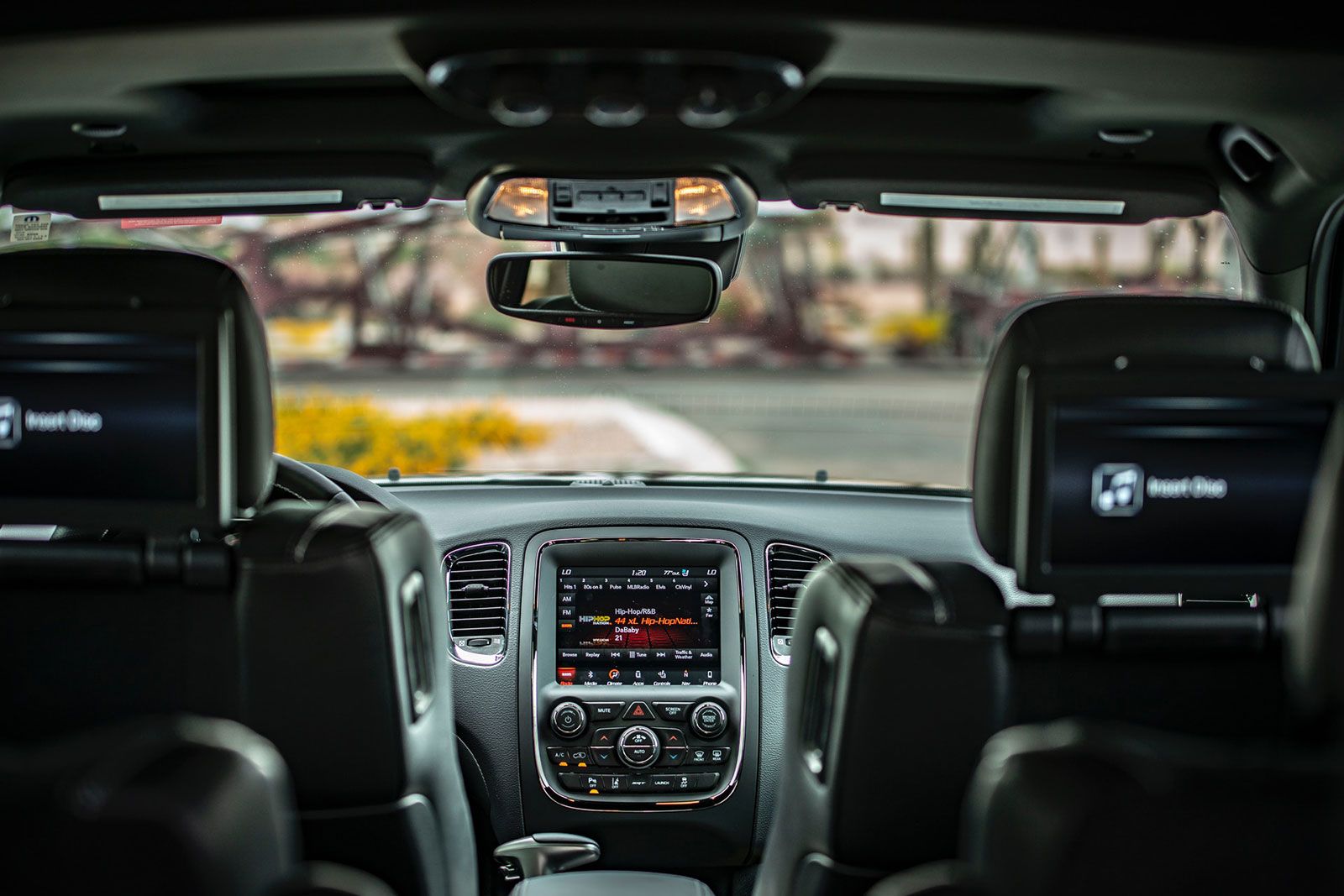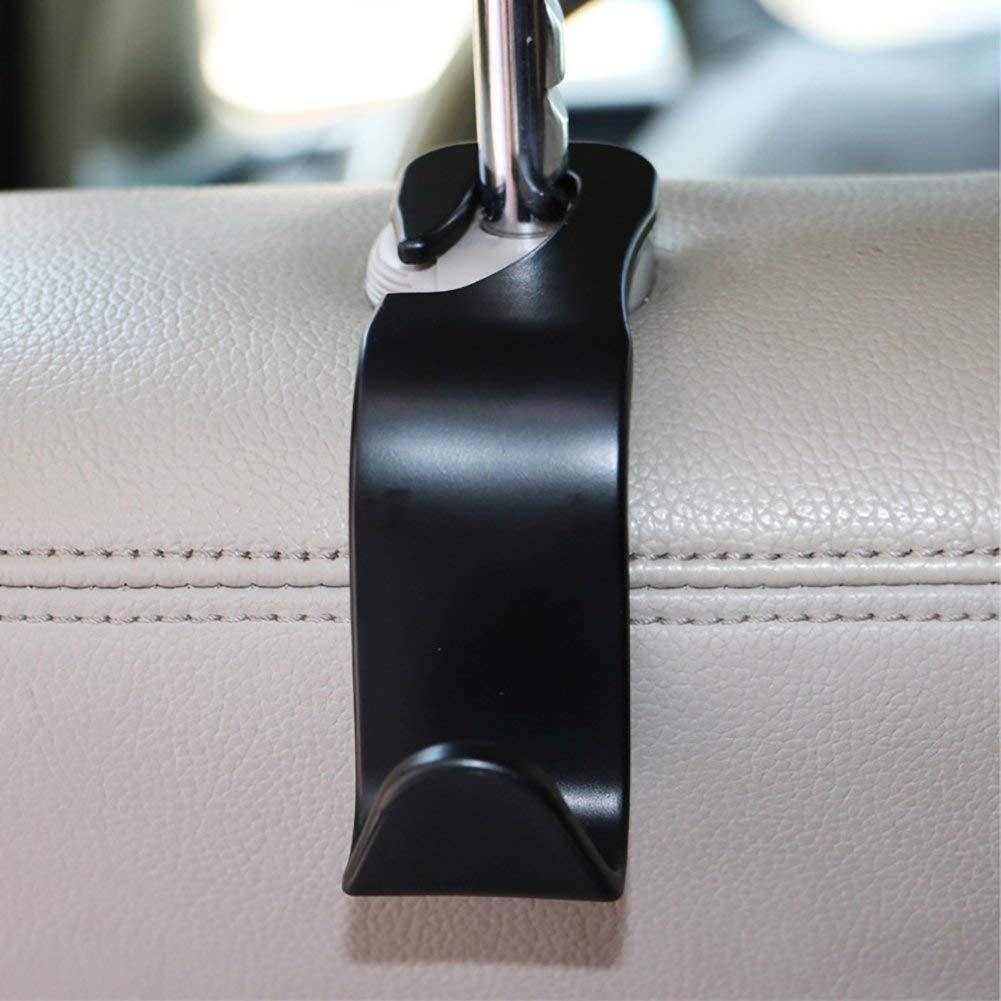We all want to save money and be able to travel where we want. Having enough money to travel around the world may seem ambitious or impossible, but the truth is it often just comes down to choices. If you set up a plan and commit to achieving your goal, there’s no reason you won’t be traveling across the world. Saving money requires adopting new habits and often goes hand in hand with a greener lifestyle.
Saving money for a trip will also make you a better person.
5 Easy Ways To Save Money and Reduce Your Spending
Assess your current expenses — and make cuts.
First try to figure out where you spend most of your money, what you’re doing right — and more importantly what you might be doing wrong.
A smart way to tackle your budget planning is to save your receipts for all your purchases – big or small, and browse through your bank statements for a full month. Create an excel document and list all your expenses. Next to each item, write “need” or “want”. Once you’re done – extract the list of “wants” and look at the total. See how much you could be saving for travel?
Track your expenses for a month to see where your biggest expenses are or you can use apps like Clarity or Mint that does it for you. Clarity gives you a list of monthly expenses, from cable and electronic bills to streaming services. Cut out services you no longer use or didn’t even know you subscribed to, from Pandora and Spotify to Hulu or Amazon Prime, and save that money for your next trip.
Eat at home
Small expenses can add up when it comes to eating out at restaurants. But small changes also make a big difference.
Food is the culprit for a large part of your monthly spending budget. Without compromising on the pleasure of eating well, you can make significant savings by planning ahead and eating in more.
Constantly ordering food or going out for dinner with friends can add up quickly. But purchasing ready-to-eat meals will also set you back! Spend $50 a week on restaurant food, and in total, you’re spending $2,500 per year, near the national average. You may be surprised by how much you’ll save by cooking your own meals—on average $36.75 a week.
Having a figure in mind before you head out to buy some groceries will help you save money. It will be much easier to stick to your budget if you know how much you’re willing to spend. In order to change your habits, you can either pack your lunch the night before or wake up early to have time to make your lunch in the morning.
When you head to the grocery store to stock up on food, look for places that offer bulk shopping. Not only do they have organic food, but you can also save by buying in bulk as you don’t pay for the extra packaging.

Unplug And Turn Off Electronics You’re Not Using.
Appliances and electronics account for 60 percent of the residential electricity used, according to the U.S. Energy Information Administration. That number has tripled in the past 30 years.
Use these tips from energy.gov to reduce the hidden costs caused by energy vampires in your home and save money that you can put aside for your next trip.
- Unplug. Unplug. Unplug. This won’t work for your cable box or wireless router, which always needs power. But if you have an extra TV or another electronic device that you don’t use often, consider unplugging it completely until the next time you use it. This applies to phone chargers too. As soon as your phone has full power, unplug the charger from the wall.
- Plug electronics into power strips, which let you toggle the power flow on and off. This means you can control the power use of clusters of devices so that they’re not consuming electricity when you’re not home. Using a light switch that turns power outlets on and off, if you have one, accomplishes the same end with even less effort. An advanced power strip makes it even easier by turning off idle electronics without any additional steps from you.
- Curb idle time. Simply setting your computer to sleep mode or stopping a game and powering down your video game console instead of leaving it paused for a prolonged period, could lead to bigger savings.
- Make smart upgrades. When it comes time to send your old electronics and appliances to the graveyard, consider replacing them with Energy Star devices. They have a lower standby consumption than your average device and use less energy all around. You can use this energy use calculator to estimate how much energy it takes to power your electronics and appliances throughout the year and identify even more savings opportunities.
Open an Online Savings Account
Sign up for a high-yield savings account and automatically transfer money into it every month. Over time, you won’t even remember you have a savings account and by the time you do, you will have way more money than you thought you had.
Get a Second Job
You probably won’t like getting a second job but it can seriously help you save money and achieve your goal faster. Even a few hours here and there on the weekends is enough to make a serious impact on your savings. Here are a few examples of jobs that are flexible and pay relatively well: babysitting, landscaping, virtual assistance, bartending, tutoring, walking dogs, house cleaning, moving furniture, etc… There are hundreds of part-time jobs to be had, just check out Craigslist and I am sure you will find something you won’t mind doing for a little bit. And remember, it is only temporary.
For more tips and tricks follow our Travel Tips category How do you save money? Share your tips below.










